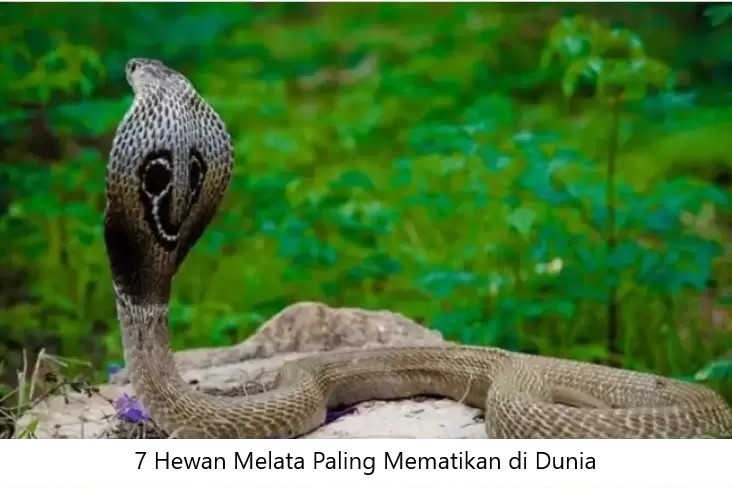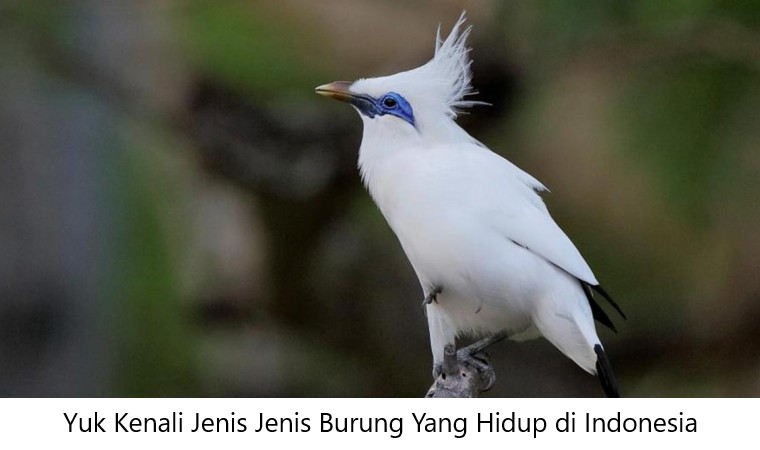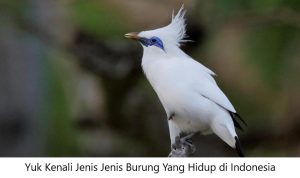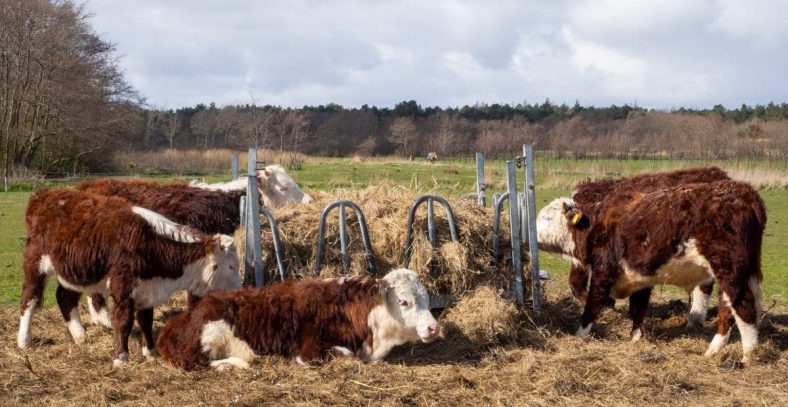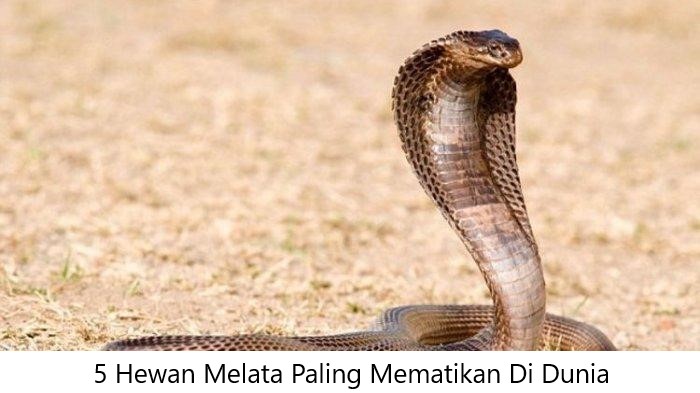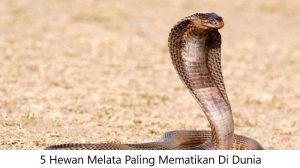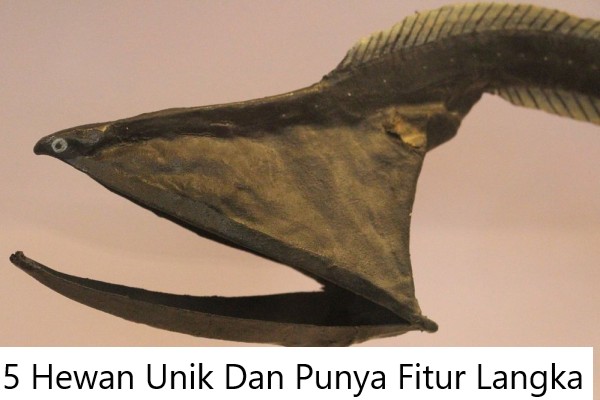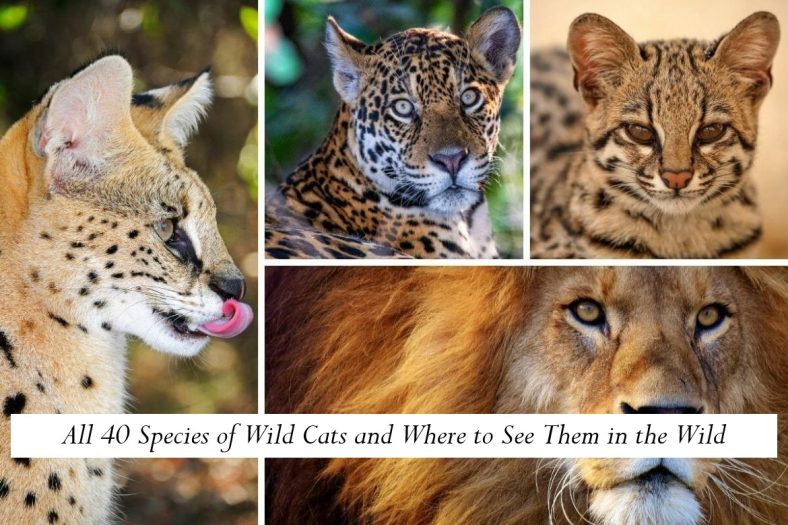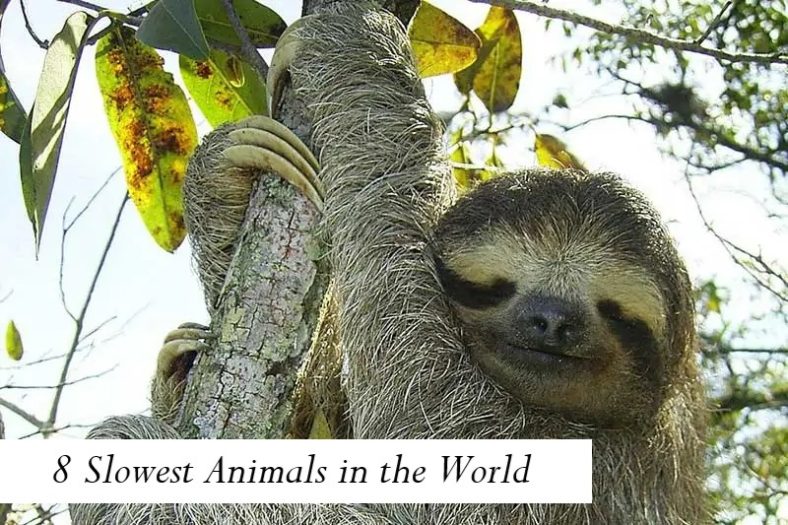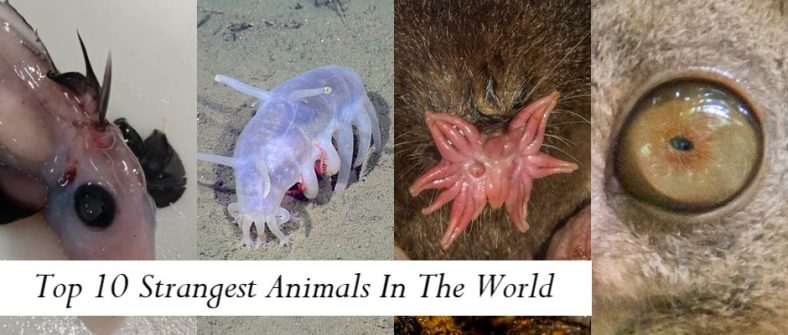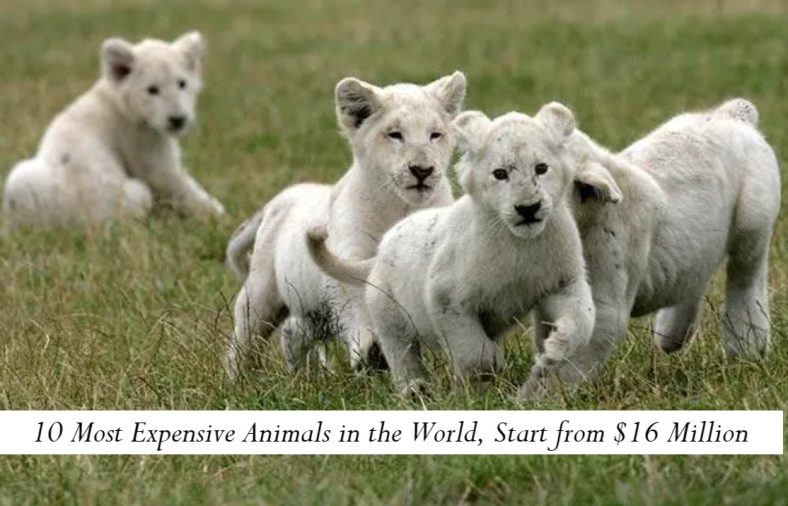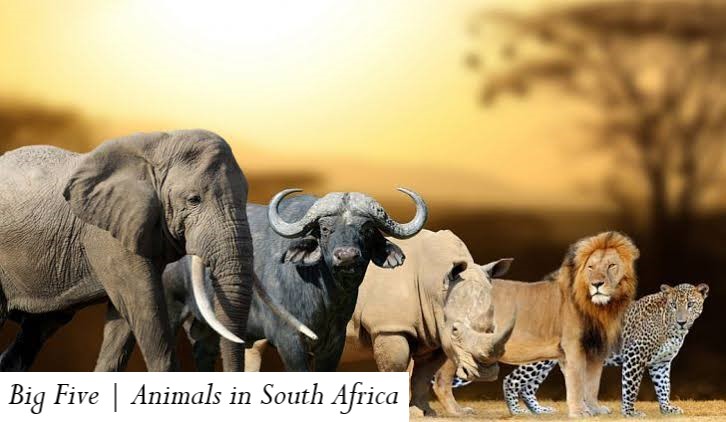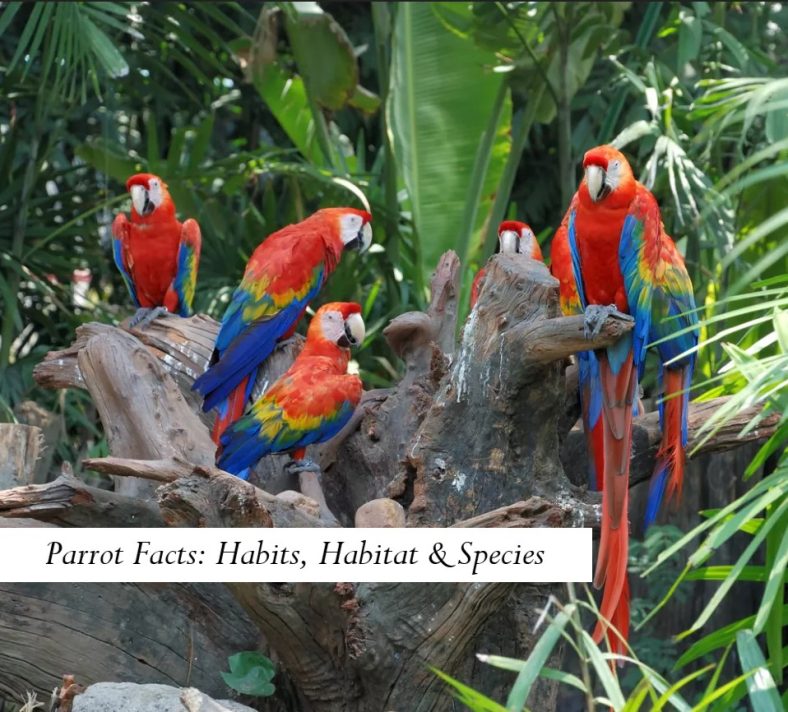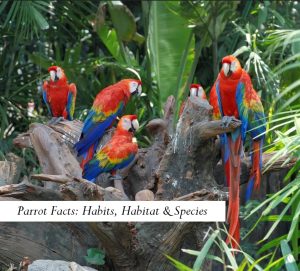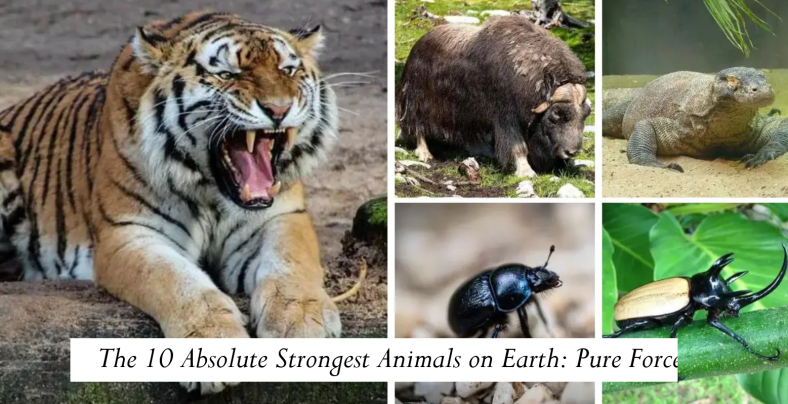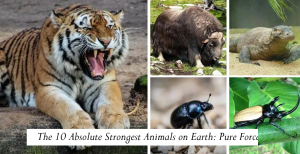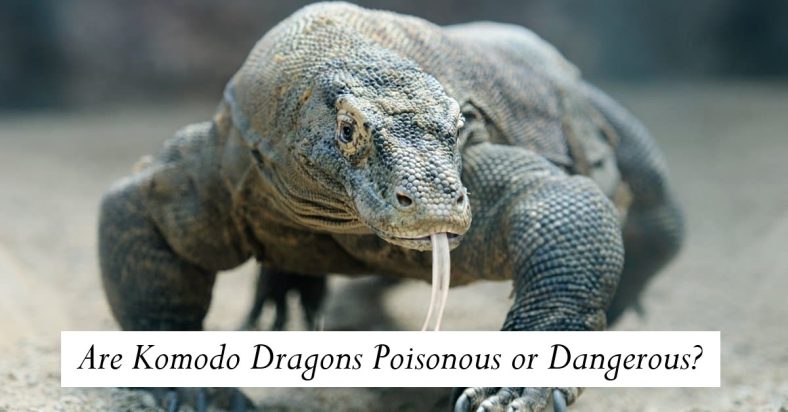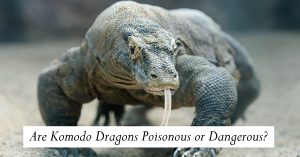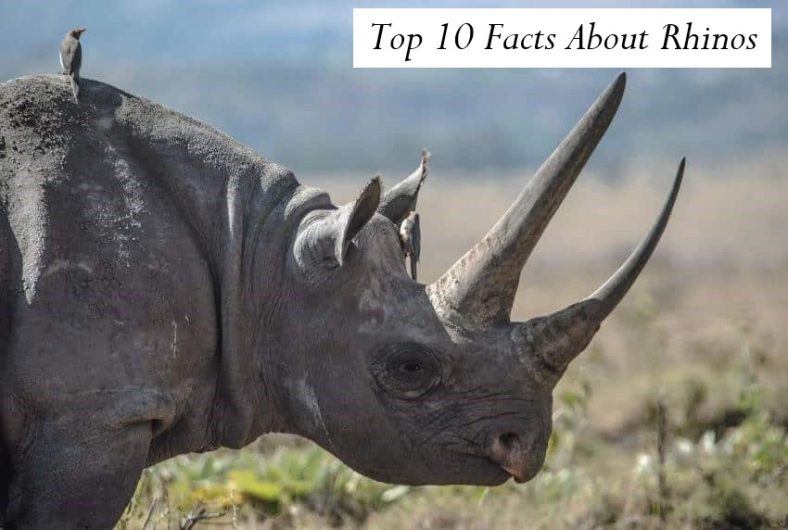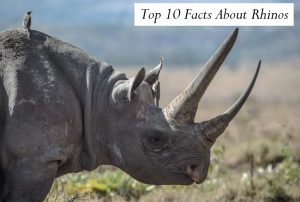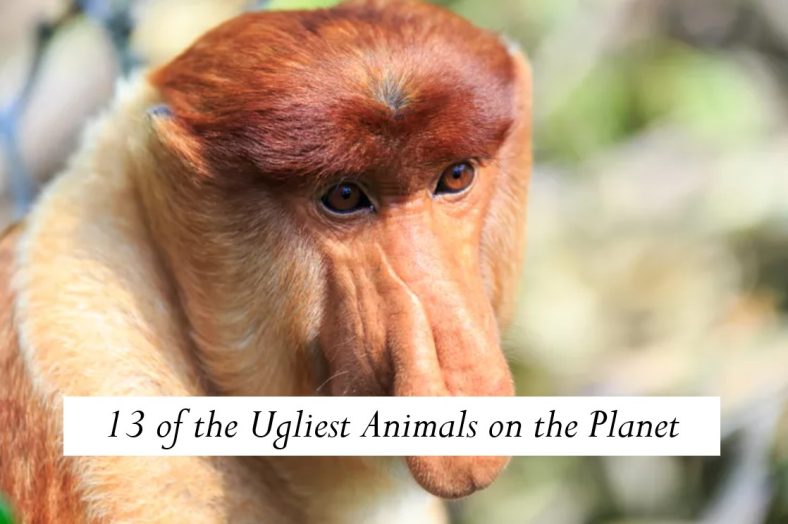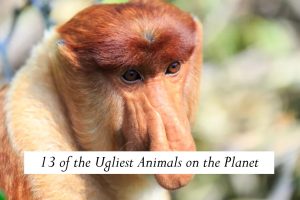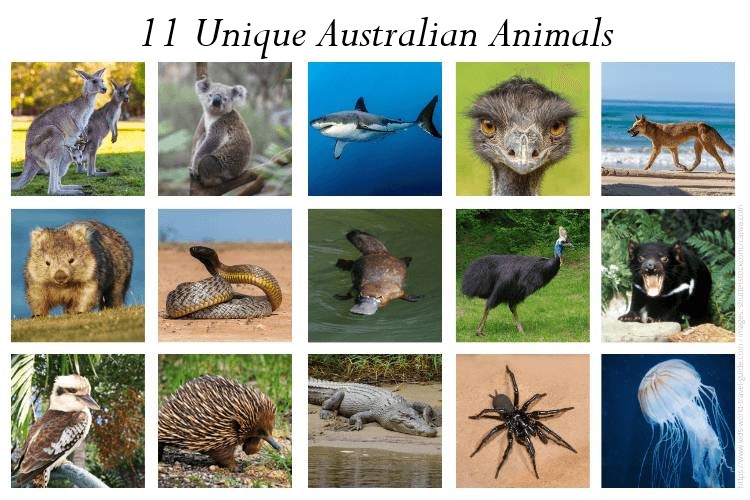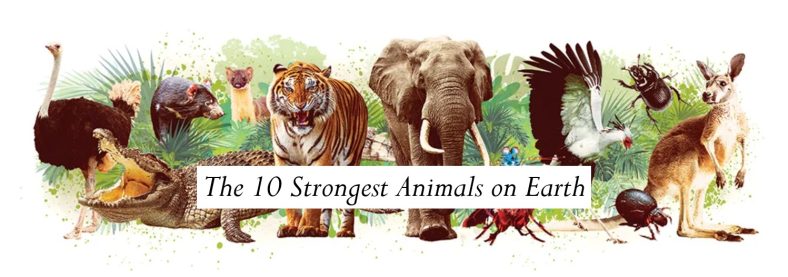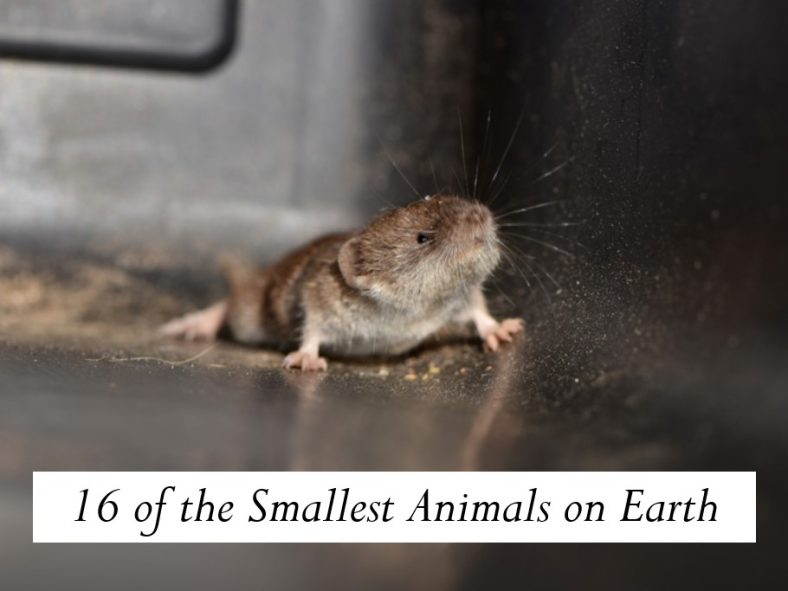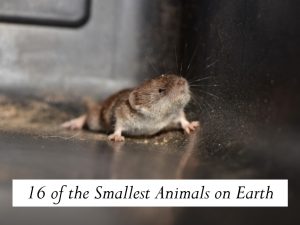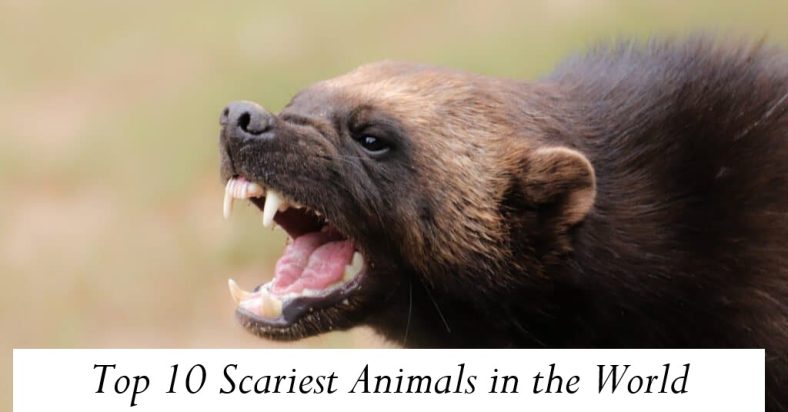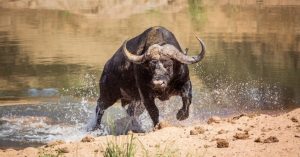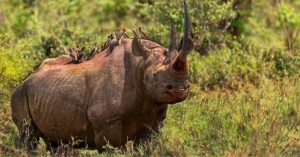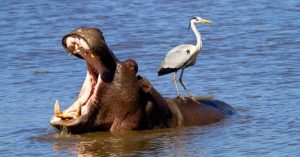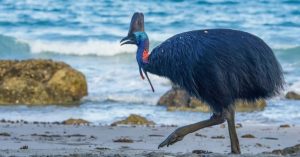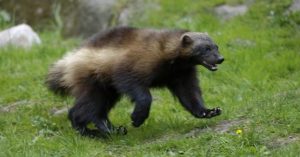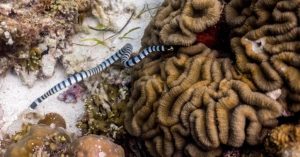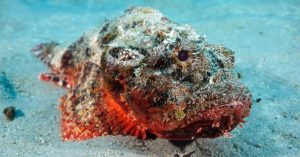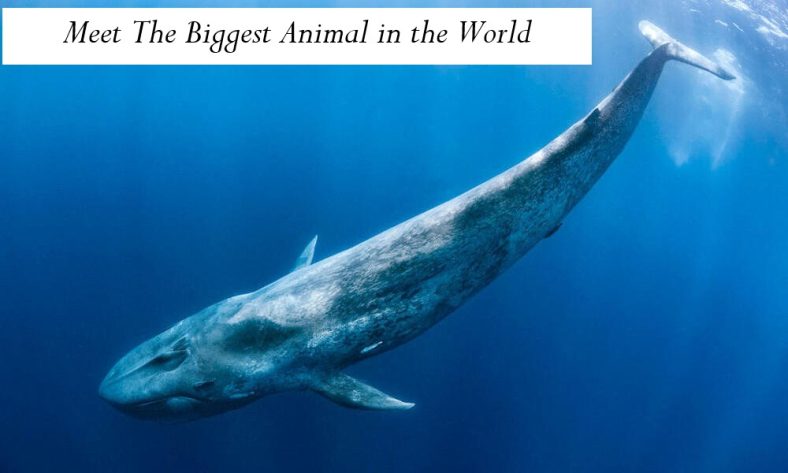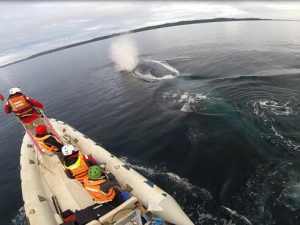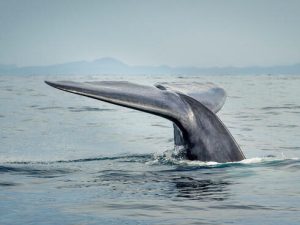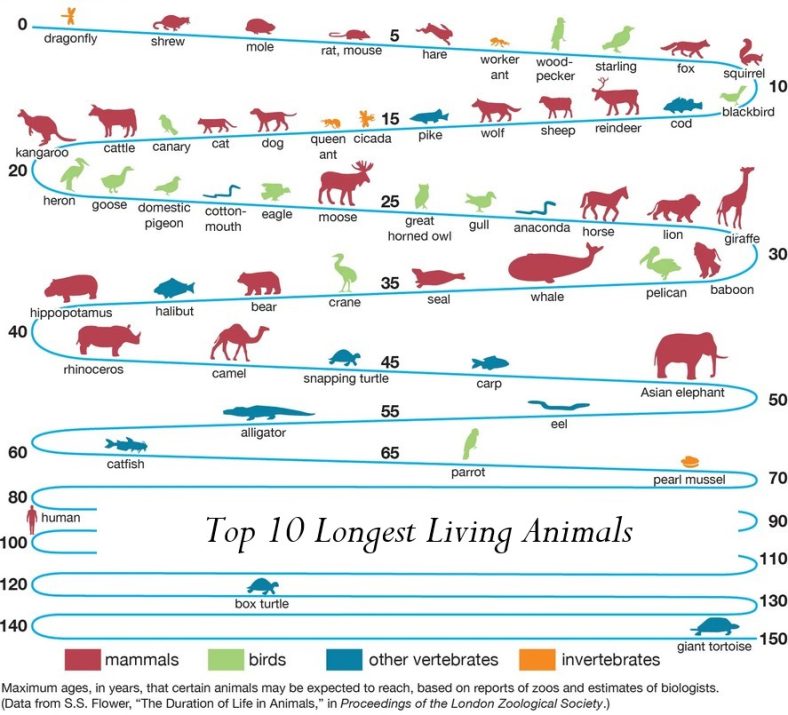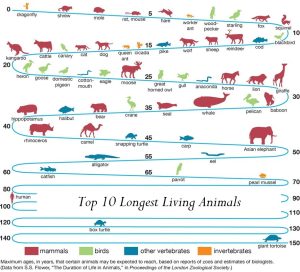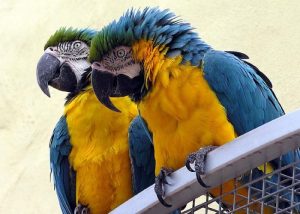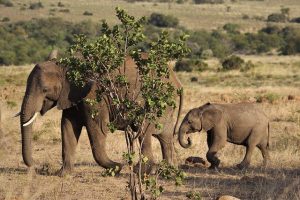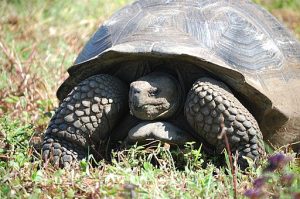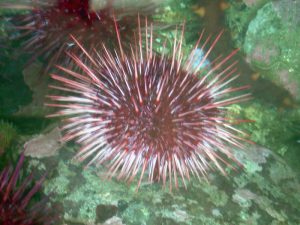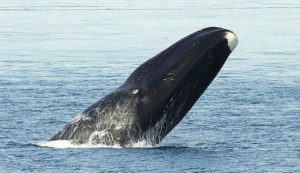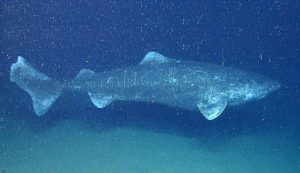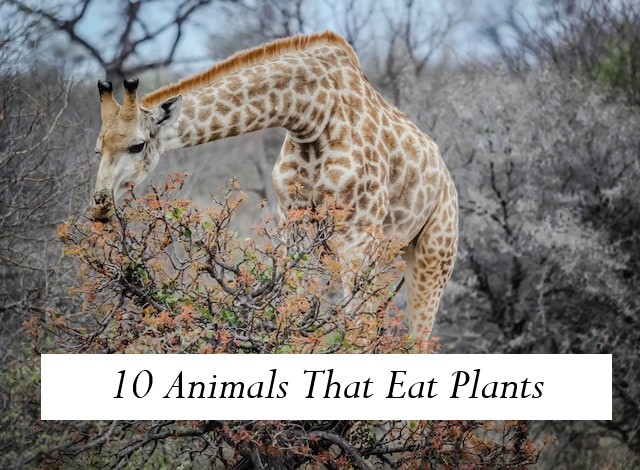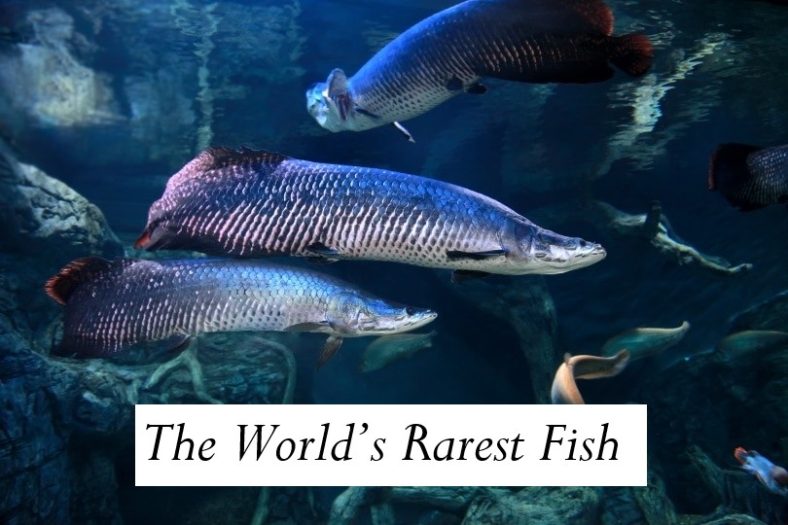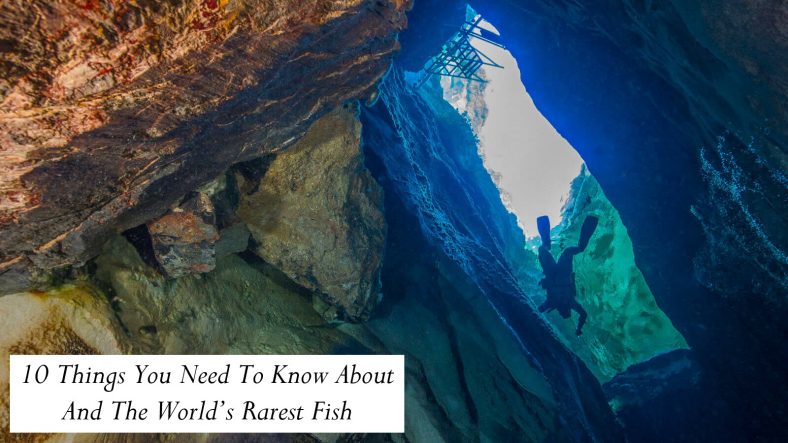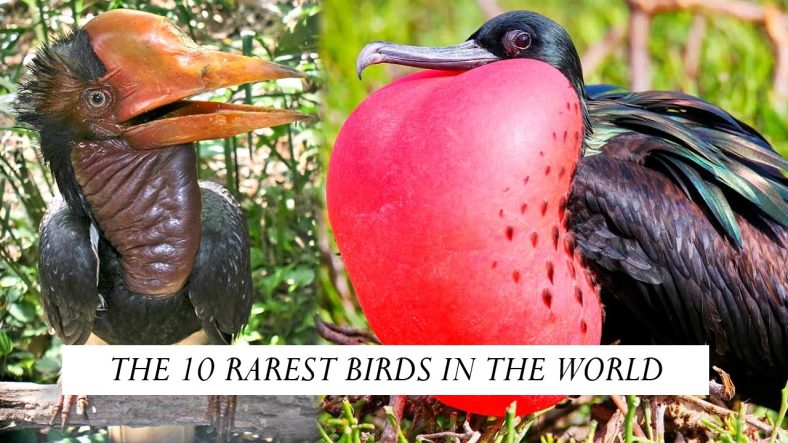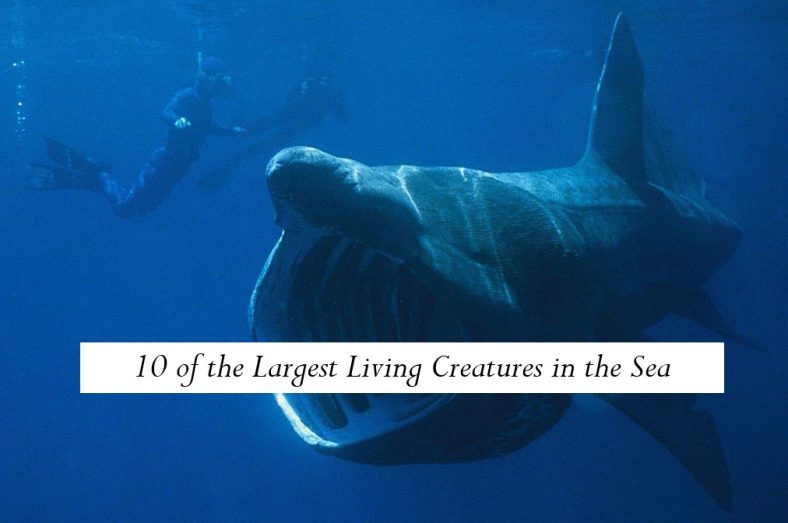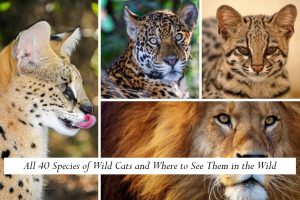
Big Cat Species – Panthera Lineage
boisetaxicompany.com – Big cats are some of the most charismatic animals on Earth and some of the most endangered. So what are the 7 big cats? They are large cats belonging to the Pantherinae subfamily of wild cats.
Tiger (Panthera tigris)
IUCN Status: Endangered
At 320 kg, the Siberian tiger is the biggest cat in the world. Sadly, the tiger is also the most endangered big cat. As recently as the first half of the last century, there were tigers living in Turkey and on the Indonesian islands of Bali and Java. These three subspecies are now extinct. The South China tiger has already crossed the point of no return with an estimated 20 individuals left in the wild. The remaining five subspecies are in various stages of decline.
We almost lost the Siberian tiger as well, when in the 1940s, as few as 40 individuals were thought to survive in the vast forests of Siberia. Thankfully, in the last few decades, intensive conservation measures have been applied in the Russian Far-east, and the king of the Siberian taiga was brought back from the brink of extinction.
Today, most of the remaining tigers belong to the Bengal subspecies that occur throughout the Indian subcontinent. Not surprisingly, India is the best place in the world to see tigers in the wild. Some of the best National Parks in India for spotting tigers in the wild are Kanha and Bandhavgarh in the state of Madhya Pradesh. To increase your chances, pick a tour that offers both Kanha and Bandhavgarh.
Another good option is Ranthambhore National Park. It is easier to visit from Delhi on a dedicated tiger-watching tour.
I visited Kanha a few years ago and saw a total of 15 tigers in 7 days. The sightings included single individuals, a courting pair and a family: a tigress with three cubs.
Read more: Spotting tigers in Kanha National Park, India
Lion (Panthera leo)
IUCN Status: Vulnerable
The second-largest cat in the world, the lion, once ranged across most of Africa and parts of Europe and Asia. Today the population is restricted to fragmented populations in Sub-Saharan Africa and one Critically Endangered population in India. We have already lost the Barbary lion that used to grace the wilds of Egypt, Morocco and Algeria.
Traditionally there were two types of lions: the African lion and the Asiatic lion. But the recent genetic analysis revealed that Asiatic lions belong to the same subspecies as the Northern lion, which also includes the Critically Endangered West African lion and the Central African lion. The Southern African and the East African lion form the second subspecies.
You can spot the Southern and East African lions on most classical African safaris. The good places to visit are Maasai Mara National Park (Kenia), Kruger National Park (South Africa) and of course, Serengeti (Tanzania).
The only place to see the Asiatic lion is Gir National Park in the Indian state of Rajasthan.
I saw lions in Kruger National Park and the surrounding sanctuaries. The most incredible sighting was the pride of the rare white lions of Timbavati.
Read more: Guide to planning Kruger Park Safari
Leopard (Panthera pardus)
IUCN Status: Vulnerable
The leopard caught the experts by surprise. Of all types of big cats, it has the widest distribution range, occurring from sub-Saharan Africa, through Central Asia, and across the Indian subcontinent to Southeast Asia. And while some subspecies of the leopard are highly endangered, the species was considered reasonably secure. Until the experts realized that the leopards have lost 75 per cent of their historic range and the population continues to decline.
The two hotspots for the leopards are parts of Africa and Sri Lanka. In Africa, you are likely to spot leopards in Maasai Mara National Park (Kenia), Kruger National Park (South Africa), Serengeti (Tanzania) and most other National Parks in southern and eastern Africa.
If you are heading to Sri Lanka, try to avoid Yala National Park or at least not spend all your time there, it has become disappointingly overcrowded, which affects animal welfare. Instead, pick a tour that visits several national parks, including Udawalawe.
For the more adventurous types, there is an option to travel to the Russian Far-east with the local Bohai tour in search of the Critically Endangered Amur leopard – the rarest type of big cat in the world. However, their numbers have been slowly rising from about 35 individuals in the 1980s to over 100 individuals in 2017.
Read more: How to tell the difference between a jaguar and a leopard.
Jaguar (Panthera onca)
IUCN Status: Near Threatened
The jaguar is the most water-loving big cat. It is an excellent swimmer and can often be found resting on tree branches overhanging the rivers. It also has the strongest bite in relation to body size among big cats. Its powerful jaws are capable of crushing the skull of an adult caiman – its favourite prey in the Pantanal.
The jaguars are unique among big cat species in that all across their 6-million sq. kilometre range, which spans 18 countries, they represent a single continuous population. There are no subspecies of jaguars. Taxonomically, it is the same cat that occurs over a very large range.
This poses unique challenges for the conservation of jaguars. Instead of protecting geographically isolated populations, the scientists now work to protect the connecting corridors of habitat that allow the jaguars to move between populations and maintain gene flow between these populations.
In late 2018, the United Nations Development Programme initiated a jaguar conservation program Jaguar 2030, that aims to protect the jaguars across their entire geographic range.
The two strongholds of the jaguar are the Amazon and the Pantanal in Brazil. But the Pantanal is a far better place for spotting the jaguar, especially around Porto Jofre – a small community on the bank of the Cuiaba River. When booking a Pantanal tour, make sure that you’ll be based in Porto Jofre if you want to see the jaguars.
Read more: Jaguar watching in the Pantanal
Snow leopard (Panthera uncia)
IUCN Status: Vulnerable
The most enigmatic of the big cats, the snow leopard is often referred to as the Ghost of the Mountains. There is even a saying in Nepal that it is more difficult to see a snow leopard than to see God. This elusive cat lives in one of the most inhospitable environments on Earth – the high altitude moutan ranges of Central Asia, and each individual ranges over huge territories.
Because the snow leopard has a wide distribution range, it was downgraded from Endangered to Vulnerable by the IUCN in 2017. However, the Snow Leopard Trust disputed the decision on the basis of a lack of scientific data to support it. The experts estimate that there are between 3,920 and 6,390 snow leopards left in the wild.
Despite the Nepalese saying, the snow leopards are regularly seen at Hemis National Park in India. It is not an adventure for the faint-hearted though. It involves camping in -20 degrees cold and scanning the mountain valleys for hours on end looking for the elusive cat. The snow leopard’s coat of grey fur with black blotches allows it to merge so seamlessly with the environment that you could be staring right at it, yet not see it.
Clouded leopard (Neofelis nebulosa)
IUCN Status: Vulnerable
The smallest of the big cat species, the clouded leopard is also the most acrobatic. It is one of the best climbers in the entire wild cat family. Its flexible ankle joints allow it to climb down trees head-first, hang off branches by its hind feet and tail and even climb on horizontal branches with its back to the ground.
Yet the climbing skills are not clouded leopard’s only talent. They are the only big cats that can purr and they have the longest canines, relative to body size, among big cats. Sometimes, they are referred to as the “modern-day sabre-tooth”.
Like all other big cats, the clouded leopard is threatened with extinction. The total population is thought to number fewer than 10,000 mature individuals, with a decreasing trend. However, due to their secretive nature, the clouded leopards have not been studied well and remain poorly understood. As in the case of the snow leopard, the population could be smaller than the current estimate.
Although the clouded leopard ranges from the Himalayan foothills all the way across Southeast Asia, it is incredibly difficult to spot in the wild. Occasionally they are spotted on wildlife safaris in India.
Sunda Clouded Leopard (Neofelis diardi)
IUCN Status: Vulnerable
Until 2016, the clouded leopard was believed to be a single species. However, the use of genetic analysis techniques revealed that the clouded leopards from the islands of Borneo and Sumatra are in fact, a separate species that diverged from their mainland cousins about 1.5 million years ago.
Known as the Sunda clouded leopards, the island species are a little smaller and darker than the mainland clouded leopards. Up until recently, it was just as nearly impossible to see a Sunda clouded leopard, as the mainland one.
But over the last few years, Deramakot Forest Reserve in the Malaysian state of Sabah in Borneo has been gaining a reputation as the go-to place for spotting these elusive felines. There are, of course, no guarantees, but if you’d like a shot at seeing a Sunda clouded leopard, Deramakot is your best bet
Read more: On the trail of the Clouded leopard in Borneo
Small Cat Species
While not as well-known as their larger cousins, the majority of wild cats are small cats. They occur on all continents except Antarctica and Australia, although Australia has a large population of feral cats, which are the descendants of the domestic cats that arrived in Australia with the European settlers.
Bay cat or Pardofelis Lineage
The second lineage to diverge from the common ancestor, the Bay cat lineage contains three wild cat species all occurring in the South East Asian region. This lineage represents some of the rarest Asian wild cats.
Borneo Bay Cat (Catopuma badia)
IUCN Status: Endangered
The endangered Borneo Bay cat is the holy grail of the wild cat world. It occurs only on the island of Borneo and it is as mysterious to science as it was first described in 1874. These cats are so secretive that virtually nothing is known about them and they are almost never seen in the wild.
It appears that, unlike clouded leopards, marbled cats and leopard cats that also occur in Borneo, bay cat avoids travelling along the forest trails, which makes it very difficult to know where to set up camera traps. And of course, it makes it exceptionally difficult to spot the bay cat in the wild. You simply don’t know where to look.
Asiatic Golden Cat (Catopuma temminckii)
IUCN Status: Near Threatened
Another rarely seen cat, the Asiatic Golden cat has a wide, but patchy distribution from India to Malaysia. It is present on the island of Sumatra but does not occur on any other Indonesian islands.
Asiatic golden cat prefers forested habitats and appears to be most active around dawn and dusk and during the daylight hours. They are good enough climbers but spend most of their time on the ground where they can bring down prey many times their own size, like young water buffalo calves.
Currently, there are no reliable spots where it can be seen in the wild, but most accidental sightings have occurred in Indonesia.
Marbled Cat (Pardofelis marmorata)
IUCN Status: Near Threatened
The marbled cat is one of the most good-looking small cats, with its exceptionally long tail and beautifully patterned coat. This species ranges from the Himalayan foothills to Malaysia, and the islands of Sumatra and Borneo. It is an excellent climber and is thought to spend most of its life in the trees.
I have seen Marbled cats on my trips to Deramakot Forest Reserve in Borneo. On the second trip, we were able to observe two individuals in the same tree, most probably an adult and a semi-adult kitten.
Read more: Spotting Marbled cats in Deramakot Forest Reserve, Borneo
Caracal Lineage
The third oldest lineage, the Caracal lineage contains three medium-sized species that mostly occur in Africa.
Serval (Leptailurus serval)
IUCN Status: Least Concern
Serval is an unusual-looking cat with very long legs, large ears and a short tail. All these adaptations are necessary for locating prey in the tall grass where it lives. It is widespread in Southern Africa, but rare in the north of the continent. This incredible feline is capable of leaping up to 3.6m to land precisely on its prey, even with its eyes closed.
While considered unusual, Serval occurs in high numbers in Ngorongoro Conservation Area in Tanzania. Surprisingly, a good place to see Servals is in the small town of Secunda in South Africa, home to the world’s largest coal liquefaction plant. The high density of Serval in such a seemingly inhospitable habitat is thought to be due to the abundance of prey, like the vlei rats and the absence of other big carnivores.
African Golden cat (Caracal aurata)
IUCN Status: Vulnerable
One of the rarest species of wild cats, and the rarest wild cat in Africa, the African Golden cat occurs in the rainforest of West and Central Africa. Its preference for the dense tropical forest habitat makes it particularly difficult to spot in the wild.
There have been some sightings in Libongo Forest Concession in Cameroon, where the cats seem to be reasonably common along the access road.
Caracal (Caracal caracal)
IUCN Status: Least concern
Caracal is the only member of the Caracal lineage with distribution extending outside of the African continent to the Middle East, Central Asia, and India. Its name comes from their jet-black ears topped with tufts – caracal means ‘black ears’ in Turkish. Another acrobat, the caracal is capable of leaping 3 meters into the air and taking out several birds with one swipe.
While secretive and difficult to observe, caracals are often seen in South Africa’s parks and game reserves (Kgalagadi NP, West Coast NP, Mosaic Farms). I was lucky to spot a caracal family in Ranthambhore National Park in India where they are not often seen.
Read more: Spotting caracals in Ranthambore National Park, India
Ocelot or Leopardus Lineage
This is the most diverse lineage of wild cat species. It contains eight small spotted cats, all with Latin American distribution. This lineage is different from all others in that its members have 36 chromosomes rather than 38!
Ocelot (Leopardus pardalis)
IUCN Status: Least Concern
The ocelot occurs across South America, Central America, Mexico and Southern Texas. It is probably the most common, or rather the least uncommon of South American wild cats.
The highest density of ocelots in the world is found on Barro Colorado Island in Panama. The Transpantaneira highway in Brazil’s northern Pantanal is also a good place to look for the spotted hunter. But the best place to see them is the San Francisco Farm in the southern Pantanal. I have seen three ocelots on a single night drive; all three sightings were very relaxed and at a very close range.
Read more: Ocelots at Fazenda San Francisco in the Brazilian Pantanal
Margay (Leopardus wiedii)
IUCN Status: Near Threatened
Similar in appearance to the larger ocelot, the margay is a much more skilful climber. Unlike the ocelot, the margay spends most of its life in the trees. It is one of only three wild cat species with a flexible ankle joint that allows the cat to climb down trees head-first (the other two are the clouded leopard and the marbled cat).
Margays are capable of hunting entirely in the trees. They have been observed mimicking the alarm calls of baby pied tamarins to ambush them.
Tree-dwelling cats are typically more difficult to spot than their ground-dwelling relatives. Wildsumaco Lodge in Ecuador is reportedly a good place to look for Margay.
Colocolo (Leopardus colocolo)
IUCN Status: Near Threatened
The colocolo includes small wild cats that were previously recognized as three different species: colocolo (L. colocolo), the Pantanal cat (L. braccatus), and the Pampas cat (L. pajeros). The recent revision of the Felidae family taxonomy by the Cat Specialist Group recognized the colocolo or the Pampas cat a single species that ranges throughout most of Argentina and Uruguay into Bolivia, Paraguay, Brazil, and Ecuador.
I missed colocolo at Fazenda San Francisco in the Southern Pantanal in Brazil, where they are seen about once a week.
Northern Oncilla (Leopardus tigrinus)
IUCN Status: Vulnerable
The Oncilla is similar to the ocelot and the margay, but smaller. Recently the Oncilla has been split in two separate species: Northern Oncilla and Southern Oncilla. The Northern oncilla occurs in Central America, Venezuela, Guyana and north-eastern Brazil.
A good place to look for it is Bellavista Lodge near Quito in Ecuador. They are also occasionally seen in the Brazilian Pantanal.
Southern Oncilla (Leopardus guttulus)
IUCN Status: Vulnerable
The Southern oncilla occurs in central and southern Brazil, Uruguay, Paraguay and northern Argentina.
Guina (Leopardus guigna)
IUCN Status: Vulnerable
Also known as Kodkod, the Guina is the smallest wild cat species in South America. It occurs primarily in south and central Chile with parts of its range extending to the adjoining areas of Argentina. It is an agile climber, although it prefers to hunt on the ground, taking mainly small mammals, birds, lizards and insects.
Kodkod’s typical coat is brownish-yellow to grey-brown with dark spots, but the melanistic (black) morphs are also quite common.
A good place to look for guiña in the wild, including the unusual melanistic individuals, is Chiloe Island in Chile.
Geoffroy’s cat (Leopardus geoffroyi)
IUCN Status: Least Concern
Similar in appearance to Guina but larger, Geoffroy’s cat has a wider distribution from Southern Bolivia to the Straits of Magellan. This is the only species of wild cats that have the habit of standing upright, using their tails for balance to scan their surroundings.
Its preference for dense habitat makes Geoffroy’s cat difficult to spot. Like guina, Geoffroy’s cat’s coat is usually tawny with black spots, although black morphs are also not uncommon. A good place to look for it is El Palmar National Park in Argentina. I visited El Palmar during the unusually rainy weather in early September, and it took me three nights to spot a single cat, a cute black morph.
Read more: Finding a black Geoffroy’s cat in El Palmar, Argentina
Andean Cat (Leopardus jacobita)
IUCN Status: Endangered
One of the world’s rarest cats, the endangered Andean cat occurs only at high elevations in the Andes in Southern Argentina, Chile, Bolivia and Peru. Just like its bigger high-altitude dwelling relative, the snow leopard, the Andean mountain cat is one of the most rarely seen wild cats in the world. It prefers the steep, arid, sparsely vegetated and rocky terrain where it hunts mountain viscachas.
Lauca National Park and Salar de Surire National Monument in Chile have been suggested as good areas to look for the Andean cat.
Lynx Lineage
The Lynx lineage contains four separate species that are all quite similar in appearance. All four species have short tails and tufted ears.
Canada lynx (Lynx canadensis)
IUCN Status: Least Concern
The most northern member of the lynx lineage, the Canada lynx ranges across Alaska, Canada and the Northern United States. Its most distinguishing feature is the massive paws covered in thick fur. The large paws serve the purpose of snowshoes, allowing the Canada lynx to travel over snow-covered landscapes without sinking into the snow.
Lake Superior in Minnesota is reportedly a good place to spot the Canada lynx.
Iberian lynx (Lynx pardinus)
IUCN Status: Endangered
The world came dangerously close to losing the Iberian lynx. Fewer than a hundred cats remained scattered throughout the isolated patches of the Mediterranean scrubland in Spain by 2002. By the time the scientists realized how perilous the lynx situation was, it was almost too late to save it. Fortunately, the Iberian lynx responded well to breeding in captivity. Since 2010 more than 170 lynxes were reintroduced into the wild as part of the Save the Lynx project.
After two decades of protection and intensive conservation efforts, lynx population has grown to at least 1,365 individuals across Spain and Portugal in 2022. The best place to spot the Iberian lynx is Sierra de Andujar Natural Park, just over 100km from Cordoba. Many wildlife-watching tour agencies offer specialized Iberian Lynx tours.
I did some of my PhD fieldwork in Sierra de Andujar in 2022 and had the opportunity to watch a female lynx raising a litter of three cubs. She hunted for them, nursed them, and watched over them when her older daughter visited for a day. I can’t think of another place in the world where you could freely witness the private lives of secretive felids like that.
Read more: Watching Iberian lynx in Sierra de Andujar Natural Park, Spain
Eurasian lynx (Lynx lynx)
IUCN Status: Least Concern
The Eurasian lynx is the largest member of the Lynx genus and has the widest distribution. It ranges across Siberia, Asia and Eastern Europe. While not threatened, the Eurasian lynx is a tricky cat to spot in the wild.
There are no specific, reliable places for seeing the Eurasian lynx in the wild, but occasionally they are seen on Snow leopard trips in Hemis National Park in India.
Bobcat (Lynx rufus)
IUCN Status: Least Concern
Similar in appearance to the Canada lynx, Bobcat ranges from southern Canada to central Mexico. It is smaller than the Canada lynx and grows to about twice the size of a domestic cat. The cat’s name comes from its stubby (or “bobbed”) tail. Like all lynxes, the bobcat is a rabbit specialist, however, it would also take insects, chickens and other birds, rodents and even deer.
Generally, the bobcat is a common species and a good place to see them is Point Reyes Natural Seashore near San Francisco.
Puma Lineage
The Puma lineage contains the most unusual mix of feline species: one typical small cat and two oversized small cats.
Puma (Puma concolor)
IUCN Status: Least Concern
While the Puma is quite a large cat, it does not belong to the Big cat family, and therefore it is a small cat. Often referred to as cougar or mountain lion, puma ranges across South America, Mexico, the United States and parts of Southern Canada.
The best place to see a puma is Torres del Paine National Park in Chile. Although, I saw a puma with two sub-adult cubs in the aptly named Puma Valley in Corcovado National Park in Costa Rica.
Read more: Spotting pumas in Corcovado, Costa Rica
Cheetah (Acinonyx jubatus)
IUCN Status: Vulnerable
The cheetah is the fastest species of wild cat and the fastest animal on earth. It can go from 0 to 96km/h in just three seconds. Not only is it fast, but it is also quite nimble at high speed and can make sudden turns in pursuit of prey. Cheetah is also well adapted to life in the African heat – it only needs to drink once in four days.
Cheetah occurs in Southern, North and East Africa, and a few localities in Iran. The Iranian population, known as the Asiatic or Persian cheetah is listed as Critically Endangered with fewer than 50 individuals remaining scattered across the vast 140,000 km2 plateau.
African cheetah is quite easy to see on a safari. Good places to try are Serengeti National Park (Tanzania), Maasai Mara (Kenia), and Kruger National Park (South Africa). I saw a mother with a young cub at a kill in Kruger National Park in South Africa.
Read more: Visiting Kruger National Park
Jaguarundi (Herpailurus yagouaroundi)
IUCN Status: Least Concern
With its short legs and long body, the jaguarundi is one of the oddest-looking cats. Its unspotted colouration is similar to the puma, its closest relative but different to all other South American cats. It occurs in southern North America and South America.
While not considered a threatened species, the jaguarundi is not easy to spot in the wild. Most sightings of this species happen in South America, but they are generally accidental. Most sightings happen in daylight.
Leopard Cat or Prionailurus Lineage
This is another lineage containing many (six) small wild cats. The species in this lineage all have Asian distribution.
Pallas’s cat (Otocolobus manul)
IUCN Status: Near Threatened
Also known as Manul, the Pallas’s cat has the longest and thickest fur of any cat species. The reason it needs such a luxurious coat is its habitat preference for the windswept landscapes of rocky slopes in Central Asia. The rocky habitat provides the cat with shelter in caves, rock crevices or even marmot burrows. Pallas’s cat’s preferred prey are pikas and voles, though they occasionally take birds as well.
Pallas’s cats are not good runners. Instead, they rely on their ability to remain undetected. When disturbed it would often freeze and become virtually invisible against the grey rocky landscape.
One of the best places to see the Pallas’s cat is on Ruoergai grassland on the Tibetan Plateau at the northern tip of China’s Sichuan province. I saw at least three different individuals in five days on the grassland.
Read more: On the trail of the Pallas’s cat on the Tibetan Plateau
Rusty-spotted cat (Prionailurus rubiginosus)
IUCN Status: Near Threatened
The smallest wild cat in the world, the Rusty-spotted cat is native to the deciduous forests of India and Sri Lanka. It grows to all of 1.6kg in weight and 48 centimetres in length. But what it may lack in stature, it makes up for with a daring attitude. It is equally at home in the trees and on the ground, where it catches its prey (mostly rodents and small birds) using rapid, darting movements.
Sri Lanka’s Wilpattu National Park is one of the best places to see the rusty-spotted cat in the wild.
Flat-headed cat (Prionailurus planiceps)
IUCN Status: Endangered
The Flat-headed cat is an endangered small cat that occurs on the Thai-Malay Peninsula and the islands of Borneo and Sumatra. This unusual feline leads a semi-aquatic lifestyle living on riverbanks and hunting aquatic vertebrates. It is an excellent swimmer and has fascinating adaptations to hunting in the water. Its claws do not fully retract to give it more grip on the slippery river banks. Its feet are semi-webbed, which is useful for wading in the water. And its long and sharp canine teeth are excellent aids for grabbing hold of slippery aquatic prey.
These unusual cats are threatened by the increasing destruction of riverine forest habitats as more and more land is converted for oil palm plantations, human settlement and agriculture.
The only reliable place to see it is the lower Kinabatangan River in Borneo, near the village of Sukau. I have seen a single individual after four nights of searching.
Read more: In search of a Flat-headed cat in Borneo
Fishing cat (Prionailurus viverrinus)
IUCN Status: Endangered
Unusual among cats, the Fishing cats are not only unafraid of water, but they depend on it for food, much like the Flat-headed cat. Both species hunt fish and small aquatic vertebrates.
The Fishing cat has a wider distribution range across South and South East Asia. The best place to look for the Fishing cat is in Sri Lanka, around Sigiriya and on the outskirts of Yala National Park (the park itself is inaccessible after dark).
Mainland Leopard cat (Prionailurus bengalensis)
IUCN Status: Least Concern
The most widespread of all Asian small cats, the leopard cat ranges across South, Southeast and East Asia. This species is reasonably tolerant of human disturbance and can often be found in rural areas and even among oil palm plantations.
Sunda Leopard cat (Prionailurus javanensis)
In 2017, the Sunda leopard cat, occurring on the islands of Borneo and Sumatra was separated from the mainland leopard cat on the basis of genetic analysis. It is common in Borneo, and I have seen it in both Damnum Valley and Deramakot Forest Reserve.
Read more: Searching for wild cats in Borneo
Felis Lineage
The last lineage to diverge from the common ancestor and therefore the youngest branch. The six small wild cats in this lineage are all closely related and distributed in Africa and Eurasia.
Jungle cat (Felis chaus)
IUCN Status: Least Concern
The Jungle cat, also known as a swamp cat is a medium-sized cat occurring from the Middle East, to South and Southeast Asia and southern China. Jungle cats are typically diurnal hunting thought the day. My sighting of a jungle cat also happened during the day in Kanha Tiger Reserve in India.
Read more: Tigers of Kanha Tiger Reserve
IUCN Status: Vulnerable
Africa’s smallest wild cat, the black-footed cat is the second smallest wild cat in the world, after the rusty-spotted cat. It is an excellent hunter, with an astonishing appetite – it can consume up to 3,000 rodents a year. Nicknamed the anthill tiger, it lives in abandoned termite mounds and wanders the surrounding savannah in search of rodents.
The Black-footed cat has a narrow distribution range in the southern part of Southern Africa. Marrick Farm Safari in South Africa is the best place to look for this species.
Sand cat (Felis margarita)
IUCN Status: Least Concern
The true desert dweller, the sand cat occurs in the deserts of North Africa, the Middle East and Central Asia. While not threatened, this species is not very easy to see in the wild.
The sand cat has an incredibly dense coat that protects it from the chill of desert nights. The strands of thick black fur on the soles of its feet protect it against the opposite extreme – the burning-hot sand.
Most sightings of Sand cats come from Western Sahara and Jebil National Park in Southern Tunisia.
Chinese Mountain cat (Felis bieti)
IUCN Status: Vulnerable
One of the least known and the most rarely seen wild cats, the Chinese mountain cat was not even photographed in the wild until about a decade ago. It has a narrow distribution in Western China.
I saw the Chinese Mountain cat on Ruoergai grassland on the Tibetan Plateau. In four nights on the plateau, I saw the cats on three separate occasions, so it is certainly a good spot.
Read more: Chasing a ghost on the Tibetan Plateau
African and Asiatic wildcat (Felis lybica)
After some recent taxonomic changes, the wildcat species have been separated into the African and Asiatic wildcat and the European wildcat. I saw the African wild cat at Kapama Reserve, near Kruger National Park in South Africa. Kafue National Park in Zambia has been suggested as a good spot for the wildcat.
Read more: Visiting Kruger National Park in South Africa
European wildcat (Felis silvestris)
IUCN Status: Least Concern
The European wildcat has a patchy distribution in the forests of Western, Southern, Central and Eastern Europe up to the Caucasus Mountains. A good place to look for the European Wildcat is in Cordillera Cantabrica in northern Spain, in the area around Boca de Huergano.
How many species of wild cats are threatened with extinction?
Wild cats face a number of anthropogenic threats such as habitat loss and fragmentation, loss of prey species and persecution by people as a result of real or perceived risks the cats pose to human livelihoods. As a result, 25 species of wild cats are currently threatened with extinction.
Five species are listed as Endangered on the IUCN Red List of Threatened species: tiger, Borneo bay cat, Andean cat, flat-headed cat and Iberian lynx.
Thirteen more wild cat species are listed as Vulnerable: lion, leopard, snow leopard, clouded leopard, Sunda clouded leopard, African golden cat, northern oncilla, southern oncilla, guina, cheetah, fishing cat, black-footed cat and Chinese mountain cat.
And seven species of wild cats are listed as Near Threatened: jaguar, Asiatic golden cat, marbled cat, margay, colocolo, Pallas’s cat and rusty-spotted cat.
Have you seen any wild cats on your travels? I would love to read about your sightings in the comments







